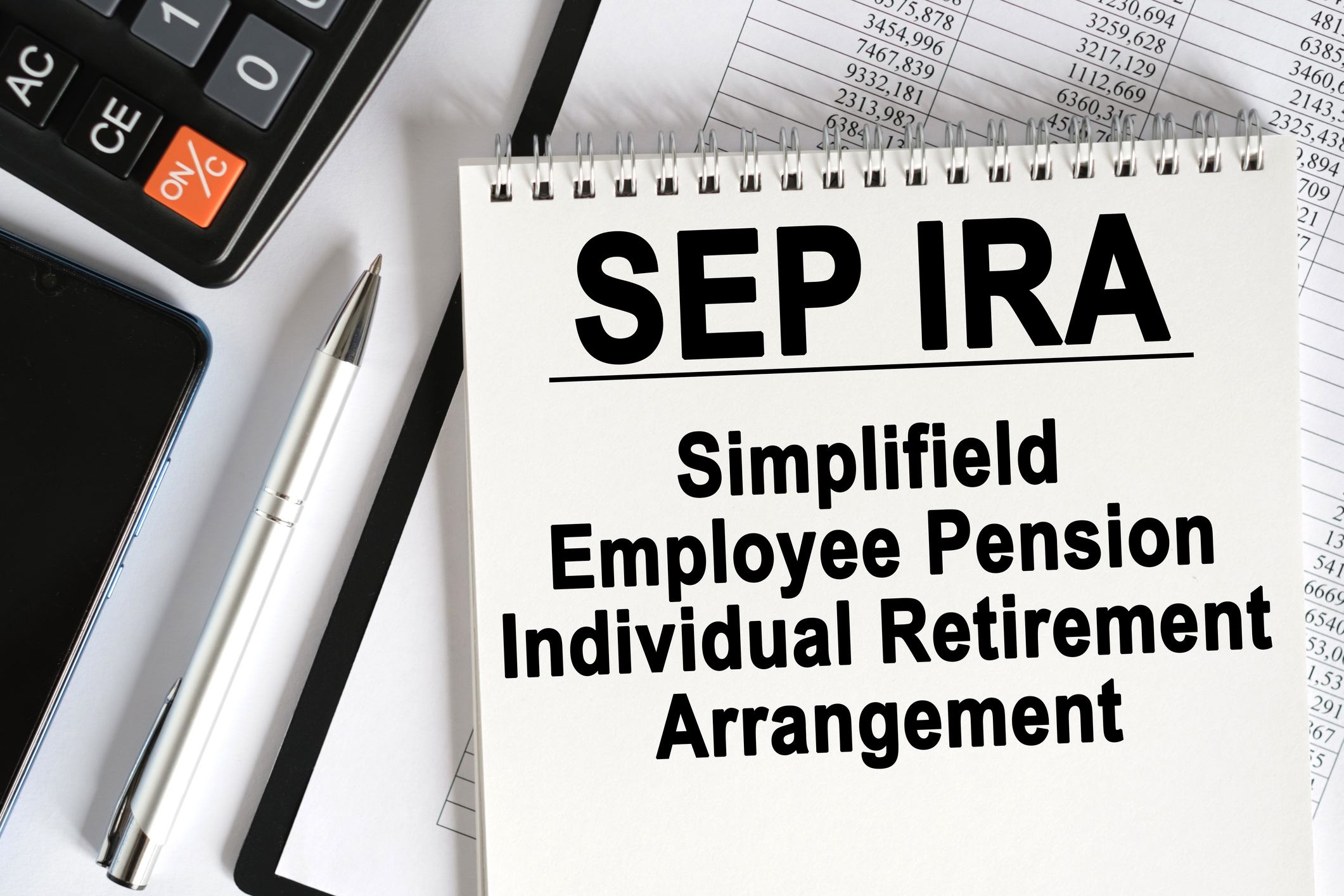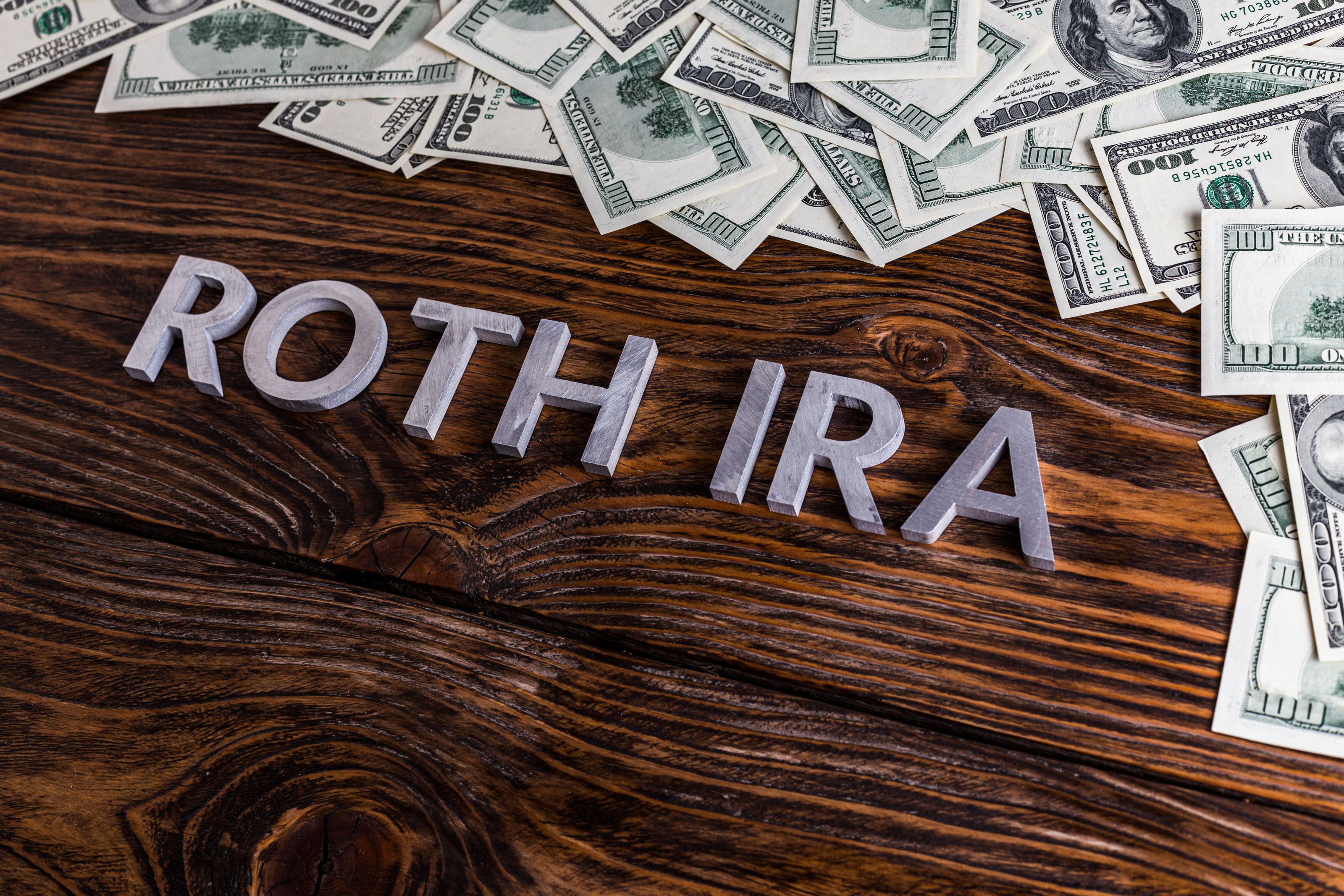Countdown to Retirement: How an Adviser Can Help You Plan
Getting answers to these key questions will boost your odds of a secure future.

As you approach the day you begin the next phase of your life, you face a series of decisions that could spell the difference between a comfortable retirement and one fraught with financial stress. Even if you have been managing your money for years, you may need professional help now. Depending on your circumstances, you could get by with perhaps a couple of sessions with a financial planner to tweak your portfolio and review your major options—or you may need ongoing help that lasts into retirement.
You can find certified financial planners in your area at www.cfp.net/learn. The Web site includes information about how the planners are compensated and profiles of typical clients. You can also find names of fee-only planners at the National Association of Personal Financial Advisors.
Take your pension as a lump sum or an annuity? Taking a lump sum allows you to invest the money as you choose; an annuity provides a lifetime stream of payments. Both options have their pluses and minuses. A lump sum invested in an IRA may provide a higher return than an annuity, but you also risk outliving your money (see Countdown to Retirement: Plan Your Exit Strategy).
From just $107.88 $24.99 for Kiplinger Personal Finance
Become a smarter, better informed investor. Subscribe from just $107.88 $24.99, plus get up to 4 Special Issues

Sign up for Kiplinger’s Free Newsletters
Profit and prosper with the best of expert advice on investing, taxes, retirement, personal finance and more - straight to your e-mail.
Profit and prosper with the best of expert advice - straight to your e-mail.
Select a single-life immediate annuity or survivorship? If you're retiring without a pension—and that's increasingly common—converting part of your savings into an immediate annuity is a way to lock in a monthly payment for the rest of your life. But as with a pension, you'll need to choose between a single-life option, which offers a higher initial payout, and an annuity that will provide income to a surviving spouse. Similarly, you'll need to decide whether to buy an annuity that's adjusted for inflation, which provides a lower initial payout but will preserve your purchasing power.
Best strategy for portfolio withdrawals? Until now, your main focus has been saving as much as possible. Soon, though, you'll need to start taking withdrawals, using strategies that ensure your money will last for two or three decades. The order in which you tap your accounts could have an impact on your retirement income, and there's no one-size-fits-all answer, says Andrea Blackwelder, a certified financial planner in Denver. For example, you may want to tap taxable accounts first to allow your tax-deferred accounts to compound unfettered by taxes for a longer period. But if you expect your income tax rate to rise in retirement, you may want to tap your tax-deferred accounts first.
When to file for Social Security? For single people, the cost-benefit analysis is straightforward: Accept permanently reduced benefits by filing at age 62, or wait until full retirement age (66 for those born between 1943 and 1954) or even later in exchange for a higher monthly benefit. But couples have a range of options based on their life expectancies, earning histories and future survivor benefits, says Eleanor Blayney, consumer advocate for the Certified Financial Planner Board of Standards. (You can get help with developing a plan using Kiplinger's Social Security Solutions.)
Pay off the mortgage? Many retirees long for the security of a paid-off mortgage, but at today's low interest rates, it doesn't always make sense (see Why a Long-Term, Fixed-Rate Home Loan Makes Sense). If you're paying 3.5% on your mortgage, you may be able to earn a higher return by investing the money.
Haven't yet filed for Social Security? Create a personalized strategy to maximize your lifetime income from Social Security. Order Kiplinger's Social Security Solutions today.
Profit and prosper with the best of Kiplinger's advice on investing, taxes, retirement, personal finance and much more. Delivered daily. Enter your email in the box and click Sign Me Up.

Block joined Kiplinger in June 2012 from USA Today, where she was a reporter and personal finance columnist for more than 15 years. Prior to that, she worked for the Akron Beacon-Journal and Dow Jones Newswires. In 1993, she was a Knight-Bagehot fellow in economics and business journalism at the Columbia University Graduate School of Journalism. She has a BA in communications from Bethany College in Bethany, W.Va.
-
 AI Stocks Lead Nasdaq's 398-Point Nosedive: Stock Market Today
AI Stocks Lead Nasdaq's 398-Point Nosedive: Stock Market TodayThe major stock market indexes do not yet reflect the bullish tendencies of sector rotation and broadening participation.
-
 Top Tech Gifts to Grab at Walmart Before Christmas
Top Tech Gifts to Grab at Walmart Before ChristmasBig savings on Apple, Bose, HP, Vizio and more while there's still time to shop.
-
 AI Appliances Aren’t Exciting Buyers…Yet
AI Appliances Aren’t Exciting Buyers…YetThe Kiplinger Letter Artificial intelligence is being embedded into all sorts of appliances. Now sellers need to get customers to care about AI-powered laundry.
-
 Older Investors: Boost Your Savings and Retire Earlier
Older Investors: Boost Your Savings and Retire EarlierThis one measure can help older investors retire up to two years earlier and potentially double their retirement savings.
-
 457 Plan Contribution Limits for 2026
457 Plan Contribution Limits for 2026Retirement plans There are higher 457 plan contribution limits in 2026. That's good news for state and local government employees.
-
 Medicare Basics: 12 Things You Need to Know
Medicare Basics: 12 Things You Need to KnowMedicare There's Medicare Part A, Part B, Part D, Medigap plans, Medicare Advantage plans and so on. We sort out the confusion about signing up for Medicare — and much more.
-
 The Seven Worst Assets to Leave Your Kids or Grandkids
The Seven Worst Assets to Leave Your Kids or Grandkidsinheritance Leaving these assets to your loved ones may be more trouble than it’s worth. Here's how to avoid adding to their grief after you're gone.
-
 SEP IRA Contribution Limits for 2026
SEP IRA Contribution Limits for 2026SEP IRA A good option for small business owners, SEP IRAs allow individual annual contributions of as much as $70,000 in 2025, and up to $72,000 in 2026.
-
 Roth IRA Contribution Limits for 2026
Roth IRA Contribution Limits for 2026Roth IRAs Roth IRAs allow you to save for retirement with after-tax dollars while you're working, and then withdraw those contributions and earnings tax-free when you retire. Here's a look at 2026 limits and income-based phaseouts.
-
 SIMPLE IRA Contribution Limits for 2026
SIMPLE IRA Contribution Limits for 2026simple IRA For 2026, the SIMPLE IRA contribution limit rises to $17,000, with a $4,000 catch-up for those 50 and over, totaling $21,000.
-
 457 Contribution Limits for 2024
457 Contribution Limits for 2024retirement plans State and local government workers can contribute more to their 457 plans in 2024 than in 2023.